Home>Articles>How To Start A Briggs And Stratton Pressure Washer
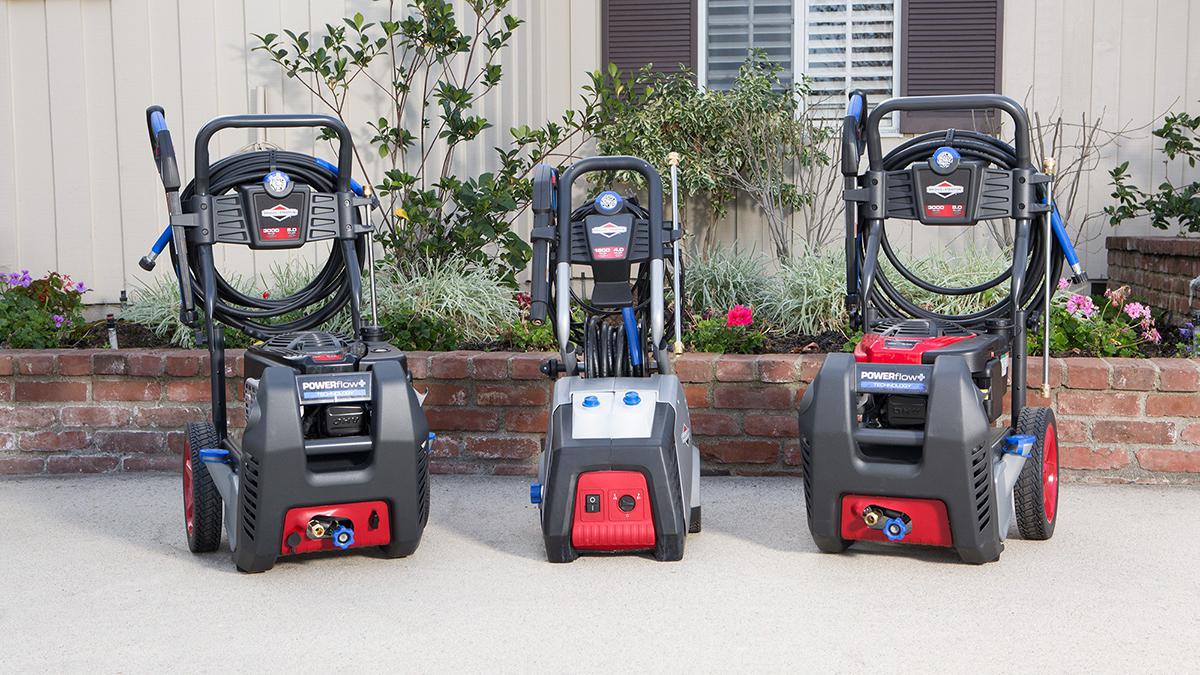

Articles
How To Start A Briggs And Stratton Pressure Washer
Modified: August 16, 2024
Looking to start a Briggs and Stratton pressure washer? Check out our informative articles for step-by-step guides and expert tips on getting your washer up and running smoothly
(Many of the links in this article redirect to a specific reviewed product. Your purchase of these products through affiliate links helps to generate commission for Storables.com, at no extra cost. Learn more)
Introduction
Welcome to the comprehensive guide on how to start a Briggs and Stratton pressure washer. If you’re looking to tackle tough outdoor cleaning tasks with ease, a pressure washer is an essential tool. And when it comes to reliability and performance, Briggs and Stratton pressure washers are among the top choices in the market.
Before we dive into the step-by-step process of starting your Briggs and Stratton pressure washer, let’s take a moment to understand why these machines are so popular. Briggs and Stratton has built a reputation for manufacturing high-quality and durable outdoor power equipment for over a century. Their pressure washers are designed to provide efficient and effective cleaning power, making them suitable for a wide range of applications.
From removing dirt and grime from driveways and decks to washing vehicles and even tackling tougher cleaning projects, a Briggs and Stratton pressure washer can handle it all. Whether you’re a homeowner or a professional, understanding how to properly start and operate your pressure washer is essential for getting the best results and maintaining the longevity of your machine.
In this guide, we’ll walk you through each step of the process, from gathering the required tools and materials to safely operating and maintaining your Briggs and Stratton pressure washer. By the end, you’ll have the confidence and knowledge to start your pressure washer with ease. So, let’s get started!
Key Takeaways:
- Proper preparation is essential for starting a Briggs and Stratton pressure washer, including gathering tools, familiarizing yourself with the machine, and checking fuel and oil levels. This ensures smooth and efficient operation.
- Safety is paramount when operating a pressure washer, from wearing protective gear to maintaining a safe distance and following proper shutdown and storage procedures. Adhering to safety guidelines ensures accident-free cleaning.
Step 1: Gather the Required Tools and Materials
Before you start using your Briggs and Stratton pressure washer, it’s important to gather all the necessary tools and materials to ensure a smooth and hassle-free setup. Here’s a list of what you’ll need:
- Briggs and Stratton pressure washer: Of course, you’ll need the pressure washer itself. Make sure it’s in good working condition and all parts are present.
- User manual: This is an important resource that provides detailed instructions specific to your model of pressure washer. Keep it handy throughout the setup process.
- Safety gear: It’s essential to prioritize safety, so gather the appropriate safety gear, including safety glasses, gloves, and closed-toe shoes. These will protect you from any potential hazards.
- Water source: Identify a water source nearby, such as an outdoor faucet or garden hose, that you’ll connect to the pressure washer.
- Water supply hose: Ensure you have a suitable water supply hose with the correct fittings and a length that reaches your water source.
- Fuel: If your Briggs and Stratton pressure washer is powered by a gasoline engine, make sure you have the right type of fuel and that the fuel tank is filled to the recommended level.
- Engine oil: Check your pressure washer’s user manual for the specific type and amount of engine oil required. Have the correct oil ready for use.
- Extension cord (if applicable): If your pressure washer requires an electrical power source, ensure you have a heavy-duty extension cord that can handle the required amperage.
By gathering all these tools and materials beforehand, you’ll have everything you need to get started without any interruptions or delays. Once you have everything ready, you can move on to the next steps in the setup process.
Step 2: Familiarize Yourself with the Briggs and Stratton Pressure Washer
Before you begin using your Briggs and Stratton pressure washer, it’s important to familiarize yourself with the machine and its components. By understanding the different parts and controls, you’ll have a better grasp of how to operate the pressure washer effectively and safely. Here’s what you need to know:
- Engine: The engine is the power source of the pressure washer. It could be either a gasoline engine or an electric motor, depending on the model you have.
- Pump: The pump is responsible for drawing water from the water source and pressurizing it for cleaning. It’s important to know the location of the pump and how it connects to the engine.
- Spray wand: The spray wand is the part that you hold and control during operation. It usually has a trigger that you squeeze to release the pressurized water.
- Nozzles: Briggs and Stratton pressure washers often come with multiple nozzles or adjustable spray tips. These nozzles allow you to adjust the spray pattern and intensity of the water, depending on the cleaning task at hand.
- Detergent system (if applicable): Some pressure washers have a built-in detergent system that allows you to apply cleaning solutions or detergents to enhance the cleaning process. Familiarize yourself with how this system works.
- Pressure control: Many Briggs and Stratton pressure washers come with pressure control settings that allow you to adjust the water pressure. Understand how to change the pressure settings based on the surface or object you’re cleaning.
- Safety features: Pay attention to any safety features your pressure washer may have, such as a safety lock on the trigger or an automatic shutdown system. Knowing how to use these features will help ensure your safety during operation.
Take a few moments to read through the user manual and familiarize yourself with the specific features and functions of your Briggs and Stratton pressure washer. This knowledge will give you confidence when operating the machine and help you make the most of its capabilities.
Once you’re comfortable with the different parts and controls, you’re ready to move on to preparing the pressure washer for use. This involves making sure it’s properly fueled and lubricated, as we’ll explore in the next steps.
Step 3: Prepare the Pressure Washer for Use
Now that you’re familiar with the different components of your Briggs and Stratton pressure washer, it’s time to prepare it for use. Proper preparation ensures optimal performance and extends the lifespan of your machine. Here’s what you need to do:
- Clean the unit: Before starting your pressure washer, it’s a good idea to clean any dirt or debris that may have accumulated on the surfaces. Use a damp cloth or sponge to wipe down the housing, pump, and other visible parts of the machine.
- Inspect the hoses and connections: Check all the hoses, connectors, and fittings for any signs of damage or wear. Look for any leaks or loose connections that may cause problems during operation. Tighten any loose connections and replace any damaged parts as necessary.
- Check the spray wand and nozzles: Ensure that the spray wand and nozzles are clean and free from any obstructions. Inspect the nozzles for any signs of damage or blockage. Clean or replace them as needed.
- Check the trigger safety lock: If your pressure washer has a safety lock on the trigger, make sure it’s functioning properly. This lock prevents accidental engagement of the trigger, reducing the risk of injury.
- Inspect the detergent system (if applicable): If your pressure washer has a detergent system, ensure that it’s clean and in proper working order. Check the detergent container for any blockages or clogs, and make sure the system is primed and ready to use.
By taking the time to properly prepare your Briggs and Stratton pressure washer, you’ll ensure that it operates smoothly and efficiently. Regular maintenance and inspection of your machine will help identify any issues early on and prevent further damage.
Once you’ve completed the preparation process, you’re ready to move on to the next steps, which involve adding fuel and checking the oil level of your pressure washer. We’ll cover these important steps in the following sections.
Step 4: Add Fuel to the Pressure Washer
Adding fuel to your Briggs and Stratton pressure washer is a crucial step in getting it ready for operation. The type of fuel your pressure washer requires will depend on whether it’s powered by a gasoline engine or an electric motor. Here’s what you need to do:
- Gasoline-powered pressure washers: If your pressure washer is gasoline-powered, ensure you have the correct type of fuel, usually regular unleaded gasoline. Check the user manual for the specific fuel requirements, including the recommended octane level. Never use stale or contaminated fuel, as it can cause damage to the engine. Fill the fuel tank to the recommended level, taking care not to overfill it.
- Electric pressure washers: Electric pressure washers do not require fuel. Instead, they rely on a power source, such as an electrical outlet or a generator. Ensure that your power source is compatible with the pressure washer, and use a heavy-duty extension cord if necessary.
When adding fuel to a gasoline-powered pressure washer, it’s essential to follow these safety precautions:
- Always add fuel in a well-ventilated area, away from any open flames or sparks.
- Avoid overfilling the fuel tank, as this can lead to spills and accidents.
- If there are any fuel spills, clean them up immediately and dispose of the fuel properly.
- Never smoke or use an open flame near your pressure washer while refueling.
Once the fuel is added, make sure to securely close the fuel cap and wipe away any spills or drips. With the proper fuel in place, your Briggs and Stratton pressure washer is now one step closer to being ready for use.
In the next step, we’ll guide you through checking and adjusting the oil level of your pressure washer to ensure proper lubrication of the engine.
Step 5: Check and Adjust the Oil Level
Checking and adjusting the oil level in your Briggs and Stratton pressure washer is essential for ensuring that the engine is properly lubricated. Adequate oil levels help reduce friction and prevent damage, keeping your machine running smoothly. Here’s how to do it:
- Locate the oil fill cap and dipstick: The oil fill cap is usually located on the side or top of the engine, and it may be labeled with “Oil” or have a picture of an oil can. The dipstick is attached to the oil fill cap.
- Clean the dipstick and reinsert it: Remove the oil dipstick, wipe it clean with a cloth or paper towel, and then reinsert it fully into the oil fill tube. Be sure to push it all the way in to get an accurate reading.
- Check the oil level: Remove the dipstick again and observe the oil level on the dipstick. There are usually two marks on the dipstick indicating the minimum and maximum oil levels. The oil level should be between these two marks, closer to the maximum mark.
- Adjust the oil level (if necessary): If the oil level is low, you’ll need to add oil. Consult the user manual for the specific type and grade of oil recommended for your pressure washer. Slowly pour the oil into the oil fill tube, periodically checking the oil level with the dipstick until it reaches the proper level. Avoid overfilling, as this can lead to engine damage.
- Secure the oil fill cap: Once the proper oil level is achieved, securely tighten the oil fill cap to prevent any leaks or spills during operation.
Checking the oil level should be done before each use of your pressure washer, as it ensures that the engine has sufficient lubrication. Regular maintenance of the oil level will help prolong the life of your Briggs and Stratton pressure washer and promote optimal performance.
With the fuel and oil levels properly checked and adjusted, you’re now ready to move on to the next steps in setting up your pressure washer. In the following steps, we’ll guide you through connecting the water supply, attaching the spray wand and nozzle, and starting the Briggs and Stratton pressure washer.
Before starting a Briggs and Stratton pressure washer, make sure to check the oil level, fuel level, and water supply. Also, ensure that the choke is in the correct position and the spark plug is connected properly.
Step 6: Connect the Water Supply
In order to operate your Briggs and Stratton pressure washer, you need to connect it to a water source. Without a reliable water supply, the pressure washer won’t be able to generate the necessary cleaning power. Here’s how to connect the water supply:
- Locate the water inlet: Look for the water inlet connection on your pressure washer. It’s usually located near the bottom or on the side of the machine.
- Inspect the water inlet screen: Check the water inlet screen for any dirt or debris that could potentially clog the system. If you notice any blockages, clean the screen or remove the debris before connecting the water supply.
- Connect the water supply hose: Attach one end of the water supply hose to the water inlet on the pressure washer. Ensure that the connection is secure but not overly tight.
- Connect the other end of the hose: Attach the other end of the water supply hose to a water source, such as an outdoor faucet or a garden hose. Use the appropriate fittings to ensure a tight connection and prevent leaks.
When connecting the water supply, it’s important to follow these additional tips:
- Make sure the water supply is turned on before starting the pressure washer.
- Avoid using an old or damaged water supply hose, as it may result in leaks or reduced water flow.
- Check that the water source can provide a sufficient flow rate to meet the pressure washer’s requirements. Insufficient water supply can lead to poor performance and potential damage to the unit.
By properly connecting the water supply, you’re ensuring a steady flow of water that is vital for your Briggs and Stratton pressure washer to function effectively. With the water supply in place, you’re ready to move on to the next steps of attaching the spray wand and nozzle, as well as starting the pressure washer.
Step 7: Attach the Spray Wand and Nozzle
With the water supply connected, it’s time to attach the spray wand and nozzle to your Briggs and Stratton pressure washer. The spray wand and nozzle determine the spray pattern and pressure of the water, allowing you to customize your cleaning approach. Here’s how to attach them:
- Locate the spray wand: The spray wand is the long tube-like attachment that you’ll hold during operation. It’s usually connected to the pressure washer with a quick-connect mechanism.
- Inspect the spray wand and nozzle: Check the spray wand and nozzle for any dirt, debris, or damage. Ensure that the nozzle is clean and free from clogs that could obstruct the water flow.
- Align the spray wand: Align the end of the spray wand with the quick-connect fitting on the pressure washer. Push the spray wand firmly into the fitting until it clicks and locks into place.
- Attach the nozzle: If your pressure washer has a quick-connect nozzle system, simply insert the desired nozzle into the end of the spray wand until it clicks into place. If your pressure washer has a threaded nozzle system, screw the nozzle onto the end of the spray wand, ensuring a secure connection.
When attaching the spray wand and nozzle, keep the following tips in mind:
- Choose the appropriate nozzle for the cleaning task at hand. Nozzles come in various spray angles, such as 0 degrees for a concentrated stream or 40 degrees for a wide spray pattern.
- Make sure the nozzle is securely attached to the spray wand to prevent any accidental detachment during operation.
- If your pressure washer has an adjustable nozzle or spray pattern, familiarize yourself with the settings and adjust it accordingly for the cleaning task.
Once the spray wand and nozzle are securely attached, you’re almost ready to start your Briggs and Stratton pressure washer. In the next step, we’ll guide you through the process of starting the machine safely.
Step 8: Start the Briggs and Stratton Pressure Washer
Now that everything is properly set up, it’s time to start your Briggs and Stratton pressure washer and begin your cleaning tasks. Follow these steps to safely start your pressure washer:
- Double-check all connections: Before starting the pressure washer, ensure that all hoses, fittings, and connections are secure and free from leaks.
- Move to a well-ventilated area: Position the pressure washer in a well-ventilated outdoor area away from any obstructions or objects that could be damaged by the spray.
- Turn on the water supply: Make sure the water supply is turned on and providing a steady flow of water to the pressure washer.
- Prime the pump (if required): Some pressure washers may require priming to remove any air trapped in the pump. Refer to the user manual to determine if your specific model requires this step and follow the instructions accordingly.
- Set the pressure washer’s throttle control (if applicable): If your pressure washer has a throttle control, set it to the desired position. This adjusts the engine’s speed and, consequently, the water pressure.
- Start the pressure washer’s engine: Depending on whether your pressure washer has a gasoline engine or an electric motor, follow these steps:
- Gasoline engine: If your pressure washer has a gasoline engine, check if the engine has an on/off switch. Turn the switch to the “on” position. Optionally, if your pressure washer has a choke, open the choke to the appropriate position. Then, pull the starter cord with a smooth and firm motion until the engine starts. Release the starter cord and allow the engine to warm up.
- Electric motor: For electric pressure washers, simply plug the unit into a nearby electrical outlet or connect it to a suitable generator. Follow the manufacturer’s instructions to start the electric pressure washer.
Once the engine is running, you’ll hear and feel the pressure build up in the system. Make sure to hold the spray wand firmly, aim it away from people and delicate objects, and be mindful of the powerful spray being emitted. Adjust the nozzle and water pressure as needed for your cleaning task.
Remember to follow proper safety guidelines when operating your pressure washer, including wearing appropriate safety gear, using caution around electrical connections, and avoiding spraying water into electrical outlets or components.
With the Briggs and Stratton pressure washer up and running, you can now tackle your cleaning jobs with confidence and efficiency. In the next step, we’ll provide essential tips for operating the pressure washer safely.
Read more: How To Start A Craftsman Pressure Washer
Step 9: Operate the Pressure Washer Safely
Operating a pressure washer requires utmost attention to safety to prevent accidents and injuries. Here are some essential tips to ensure safe operation of your Briggs and Stratton pressure washer:
- Read the user manual: Familiarize yourself with the safety guidelines, operating instructions, and maintenance procedures outlined in the user manual. It will provide specific details regarding your pressure washer model.
- Wear protective gear: Always wear the appropriate safety gear, including safety glasses or goggles, gloves, and closed-toe shoes to protect yourself from debris, water splashes, and chemicals.
- Keep a safe distance: Maintain a safe distance from the area being sprayed and avoid pointing the spray wand or nozzle at people, animals, windows, electrical outlets, or delicate surfaces that could be damaged by the powerful stream of water.
- Be aware of electrical hazards: When using an electric pressure washer, ensure that all electrical connections are properly grounded, and keep the electrical cords away from water and potential sources of damage.
- Use recommended cleaning detergents: If your pressure washer has a detergent system, use only the recommended cleaning detergents specified by the manufacturer. Follow the instructions for dilution and application to avoid any damage or harmful chemical reactions.
- Operate on a stable surface: Place your pressure washer on a stable and level surface to prevent it from tipping over during operation. Avoid slippery surfaces that could cause accidents.
- Take breaks when needed: If you’re operating the pressure washer for an extended period, take regular breaks to avoid fatigue. This will help maintain your focus and prevent accidents caused by distraction or exhaustion.
- Shut off the pressure washer when not in use: When you’re finished using the pressure washer, turn it off and disconnect the power source or shut off the fuel supply if applicable. This will prevent unintentional starts and reduce the risk of accidents.
- Perform regular maintenance: Follow the recommended maintenance schedule provided in the user manual. This includes cleaning the machine, checking for leaks, inspecting hoses and connections, and replacing worn out or damaged parts.
Remember, safety should always be a top priority when operating any power equipment, including your Briggs and Stratton pressure washer. By following these safety guidelines, you’ll minimize the risk of accidents and ensure a safe and efficient cleaning process.
Now that you know how to safely operate your pressure washer, let’s move on to the final step: properly shutting down and storing the pressure washer.
Step 10: Properly Shut Down and Store the Pressure Washer
After completing your cleaning tasks with the Briggs and Stratton pressure washer, it’s important to properly shut it down and store it to ensure its longevity and prevent any damage. Here’s the recommended process:
- Release the trigger and turn off the engine: Release the trigger on the spray wand to stop the water flow. Then, turn off the engine using the designated switch or button.
- Disconnect the water supply: Turn off the water supply and disconnect the water supply hose from both the pressure washer and the water source. Allow any excess water in the system to drain out.
- Purge air from the system (if required): Some pressure washers may require purging air from the pump to prevent damage. Refer to the user manual for instructions on how to perform this process, if necessary.
- Relieve pressure from the system: To prevent accidental sprays and potential injuries, press the trigger on the spray wand to release any remaining pressure in the system.
- Clean the pressure washer: Use a damp cloth or sponge to clean the exterior of the pressure washer, removing any dirt, debris, or chemicals. Pay close attention to the spray wand, nozzle, and any other parts that may have come into contact with cleaning solutions.
- Inspect and store accessories: Check the spray wand, nozzle, and any other accessories for any damage. Store them in a clean and dry place, protected from dust and moisture.
- Store the pressure washer: Find a suitable location to store your pressure washer. Ideally, it should be a cool, dry place away from direct sunlight and extreme temperatures. Cover the machine or store it in a protective case, if available, to prevent dust accumulation.
- Perform regular maintenance: Follow the manufacturer’s recommended maintenance schedule to keep your pressure washer in optimal condition. This may include changing the oil, cleaning or replacing filters, and inspecting hoses and connections.
By following these proper shutdown and storage procedures, you’ll help prolong the life of your Briggs and Stratton pressure washer and ensure that it’s ready for the next use.
Congratulations! You’ve now completed all the necessary steps to start, operate, and store your Briggs and Stratton pressure washer. By understanding the proper setup, operation, and maintenance procedures, you’ll be able to make the most out of your pressure washer and keep your outdoor cleaning tasks a breeze.
Remember to always refer to the user manual specific to your model for detailed instructions and safety guidelines. Happy cleaning!
Conclusion
Starting and operating a Briggs and Stratton pressure washer doesn’t have to be a daunting task. With the right knowledge and proper procedures, you can confidently take on any outdoor cleaning project while ensuring safety and efficiency. By following the step-by-step guide outlined in this article, you have learned how to gather the necessary tools and materials, familiarize yourself with the pressure washer, prepare it for use, add fuel and check the oil level, connect the water supply, attach the spray wand and nozzle, start the engine, operate the pressure washer safely, and properly shut it down and store it afterwards.
Remember, safety should always be a priority when using power equipment like a pressure washer. By wearing the appropriate protective gear, being mindful of your surroundings, and following recommended safety precautions, you can minimize the risk of accidents and injuries.
Regular maintenance and careful handling of your Briggs and Stratton pressure washer will help ensure its longevity and reliable performance. Be sure to refer to the user manual specific to your model for any additional instructions or maintenance requirements.
Now that you have gained a comprehensive understanding of how to start, operate, and maintain your Briggs and Stratton pressure washer, you’re ready to tackle a wide range of outdoor cleaning tasks with confidence. Say goodbye to stubborn dirt and grime, and enjoy the satisfaction of a thoroughly cleaned environment!
Now that you've mastered starting your Briggs and Stratton pressure washer, why not boost your cleaning prowess further? Don't miss our next guide packed with smart strategies for maximizing efficiency and effectiveness. Whether you're cleaning driveways, decks, or patios, these pressure washer tips will surely elevate your game. Ready to transform mundane cleaning into a quick, satisfying task? Dive into our upcoming article for all the insights you need.
Frequently Asked Questions about How To Start A Briggs And Stratton Pressure Washer
Was this page helpful?
At Storables.com, we guarantee accurate and reliable information. Our content, validated by Expert Board Contributors, is crafted following stringent Editorial Policies. We're committed to providing you with well-researched, expert-backed insights for all your informational needs.
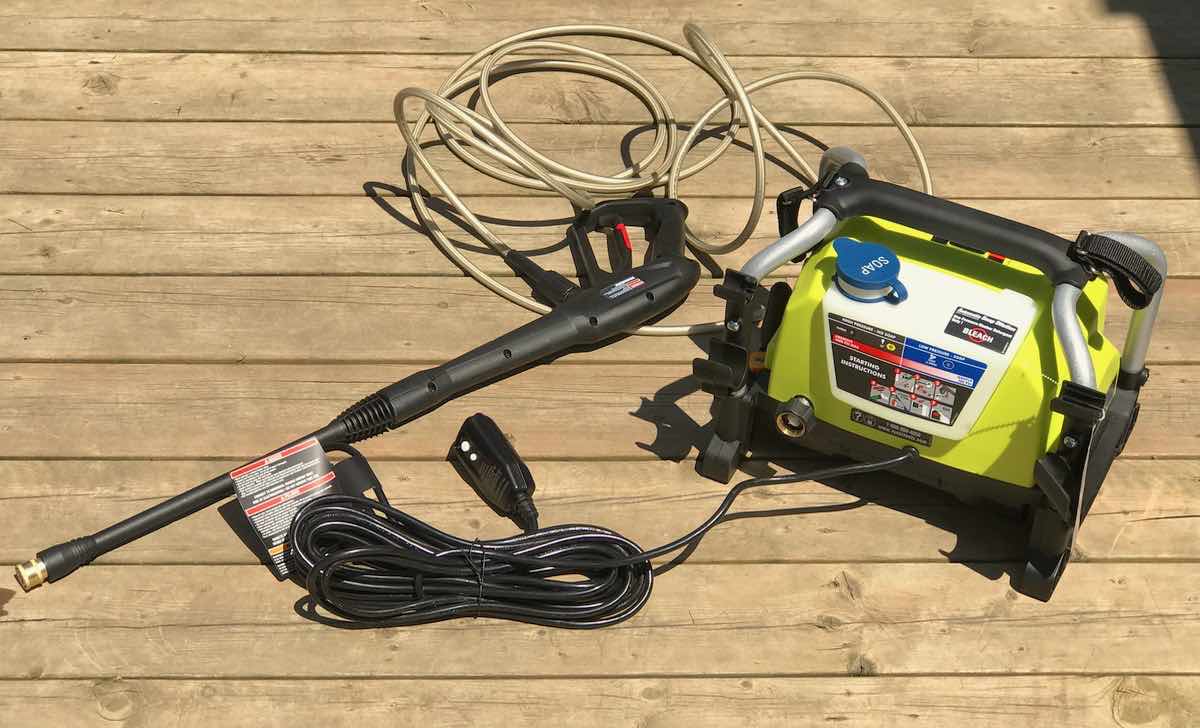

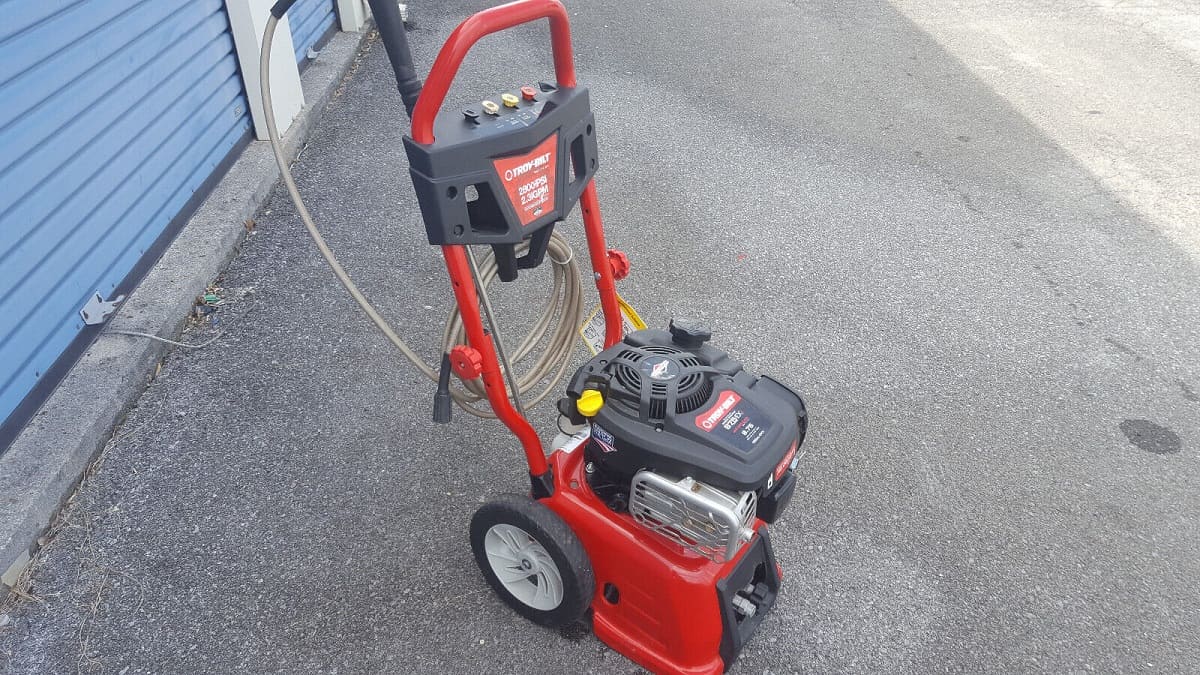
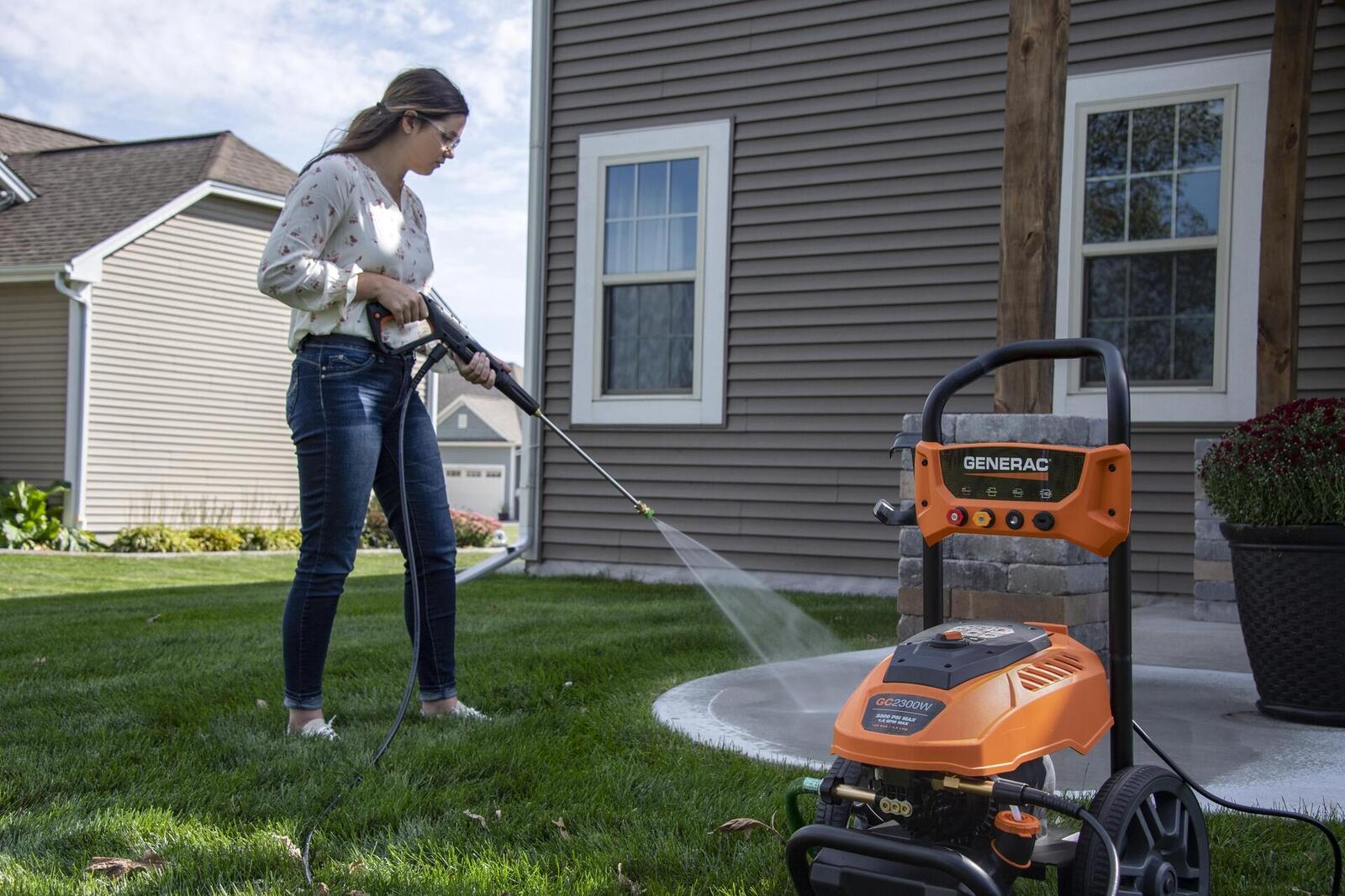

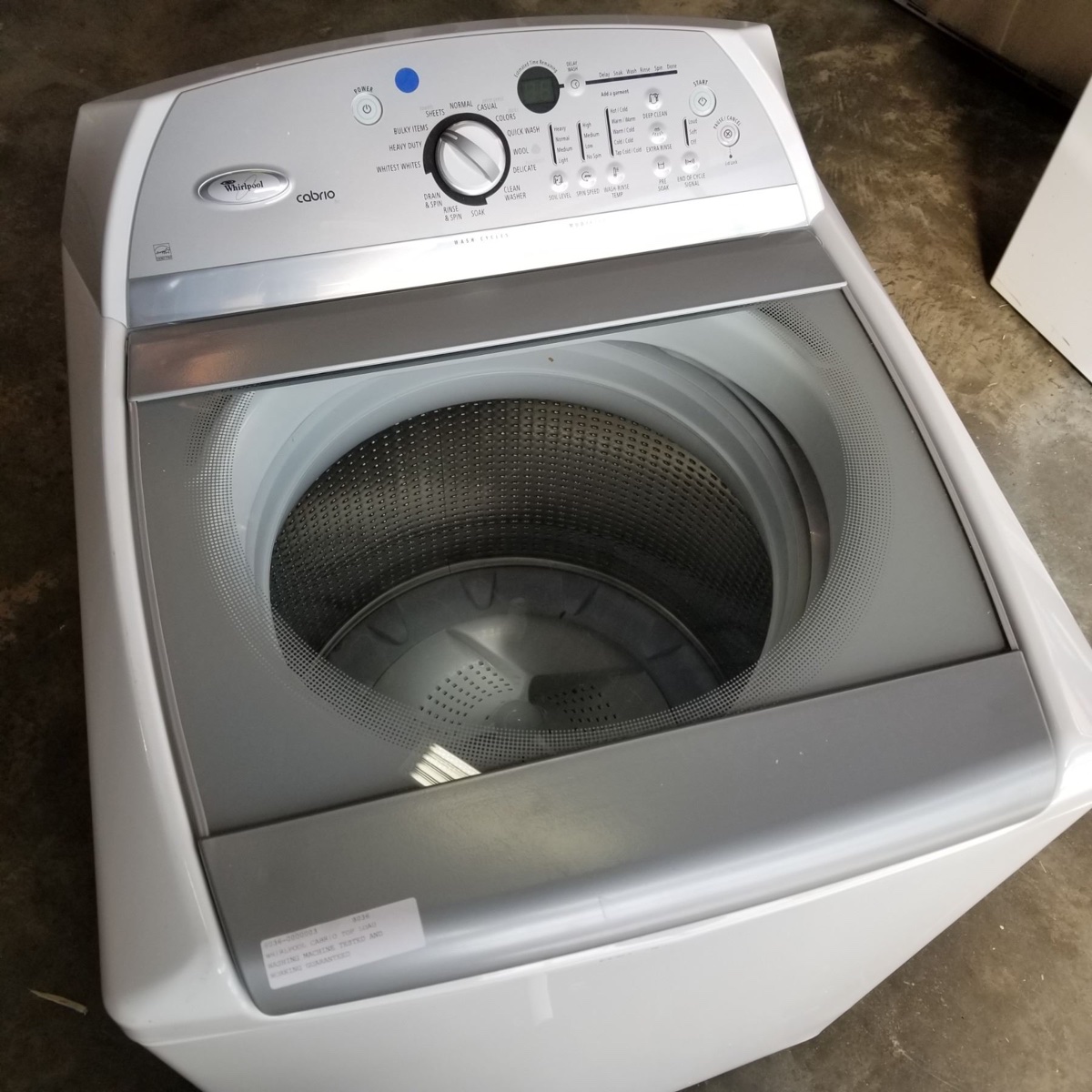
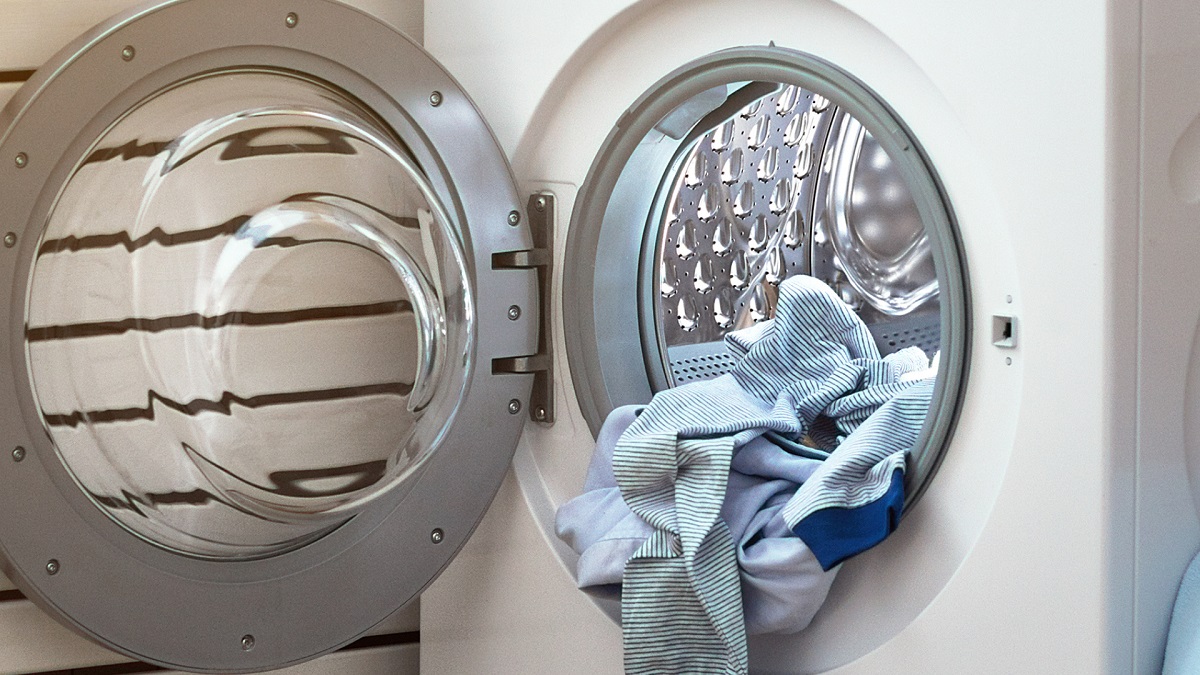
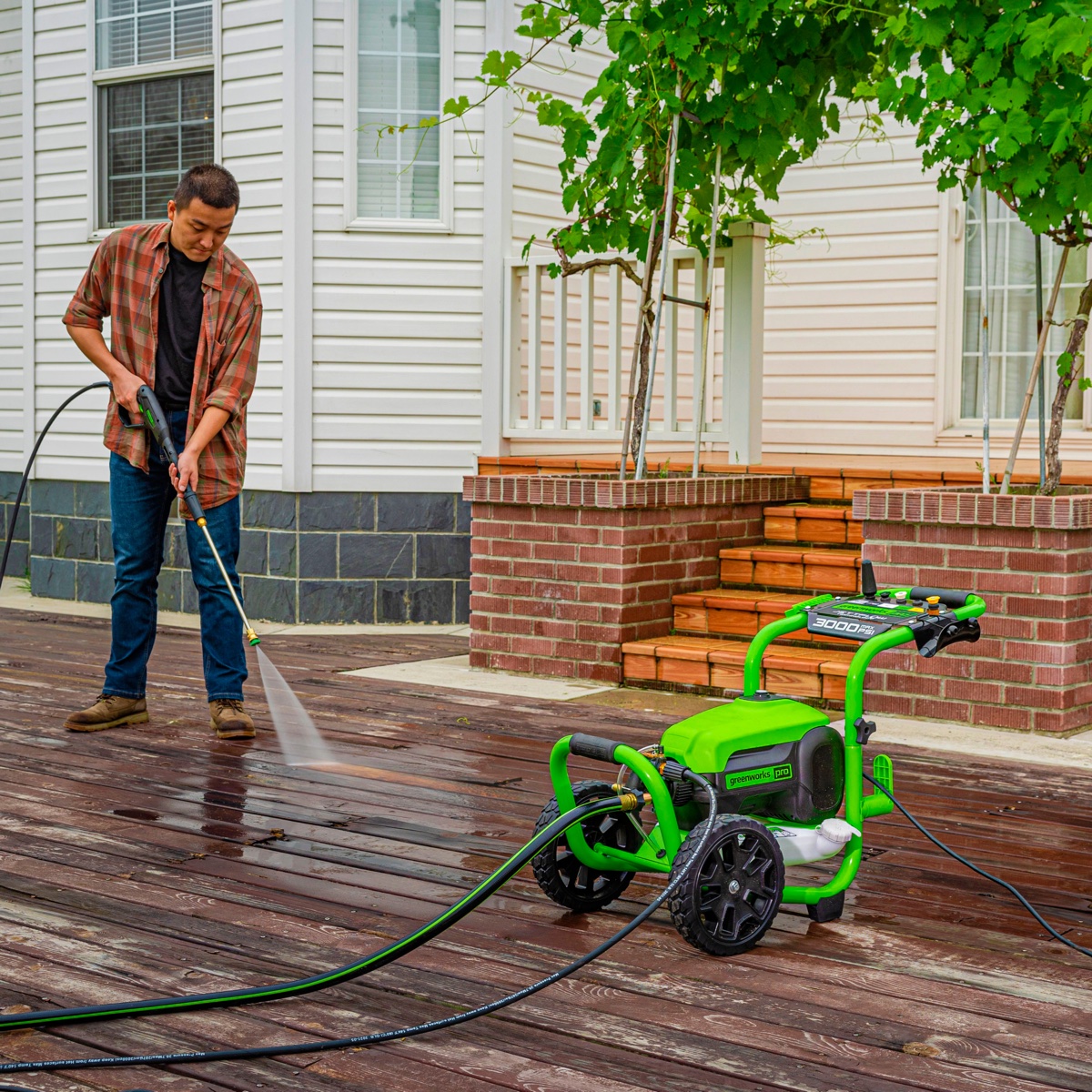
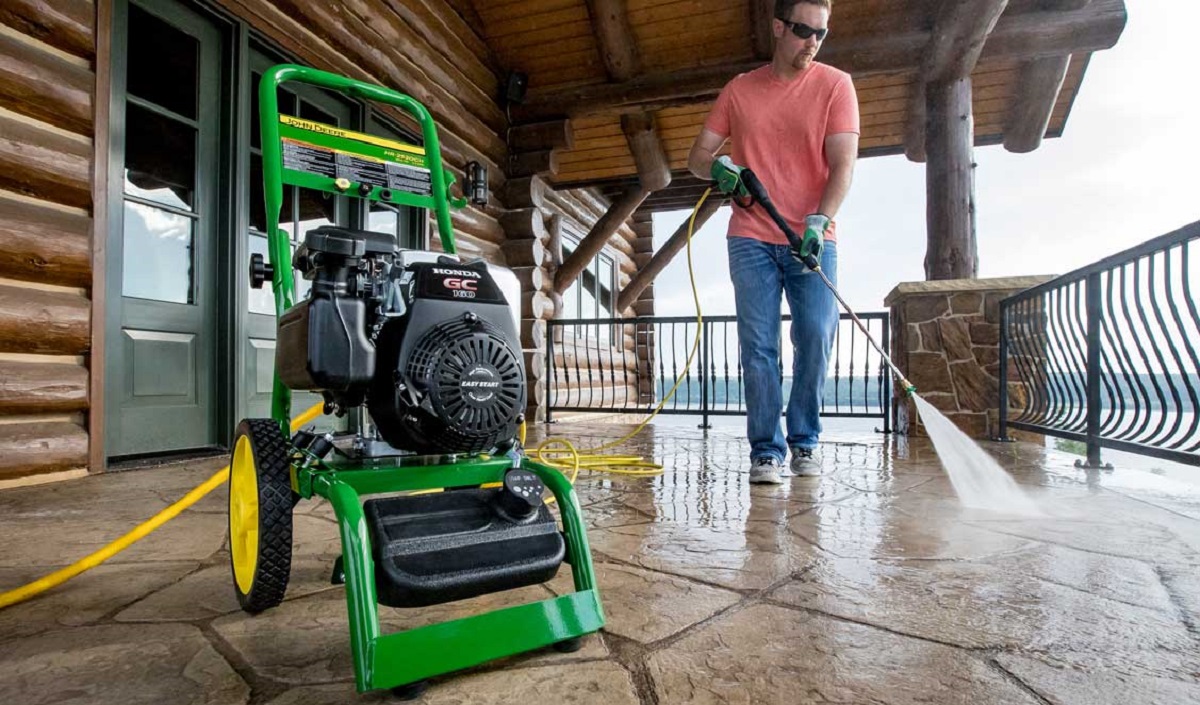
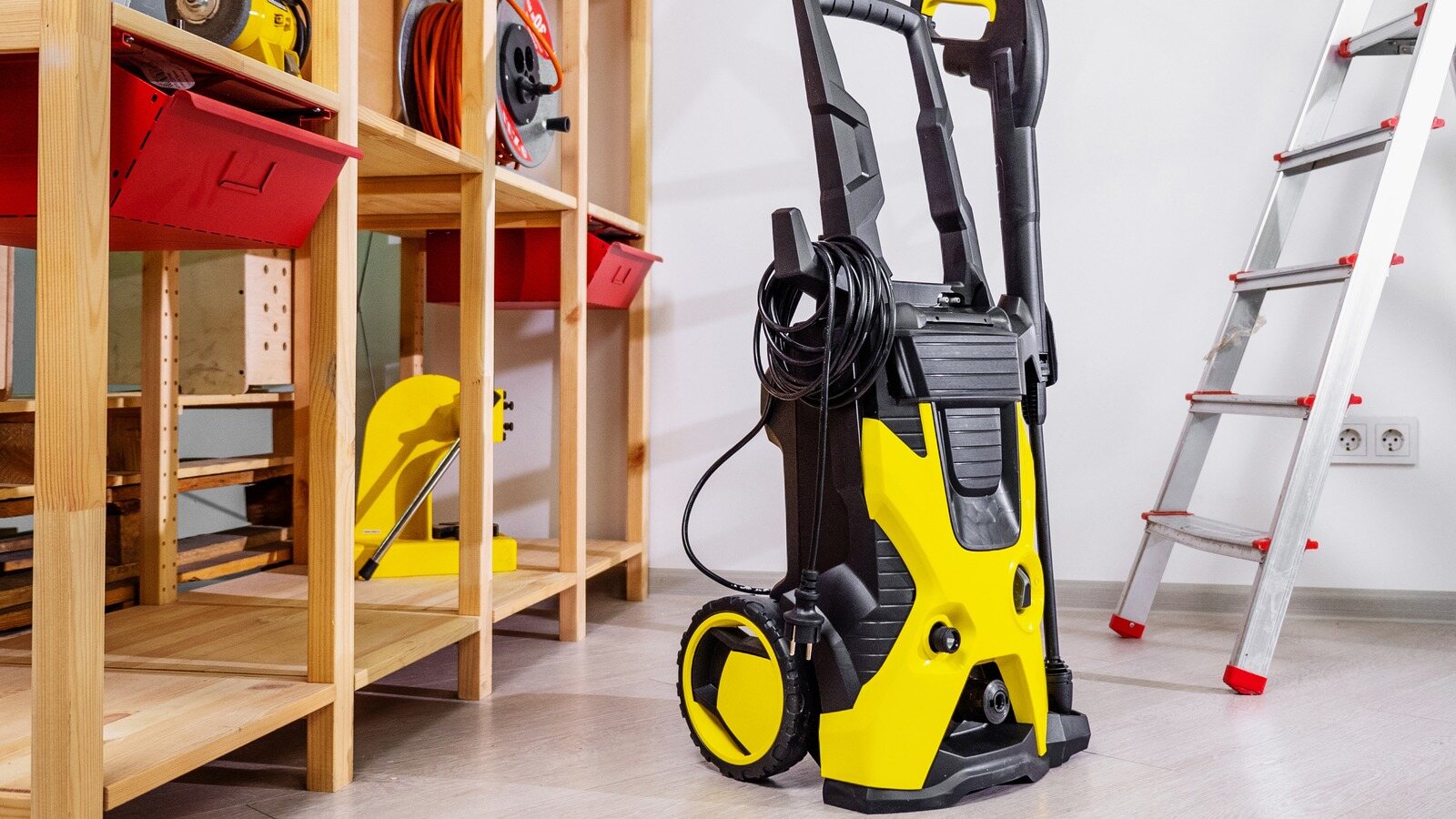
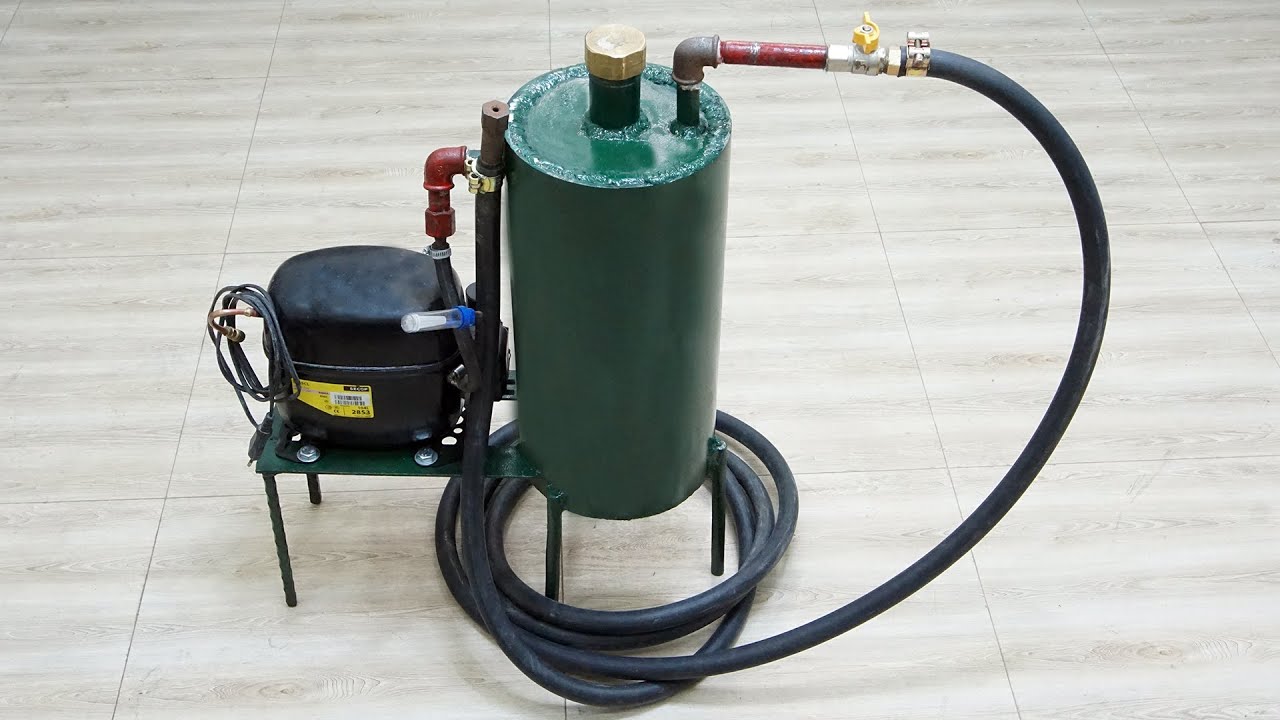
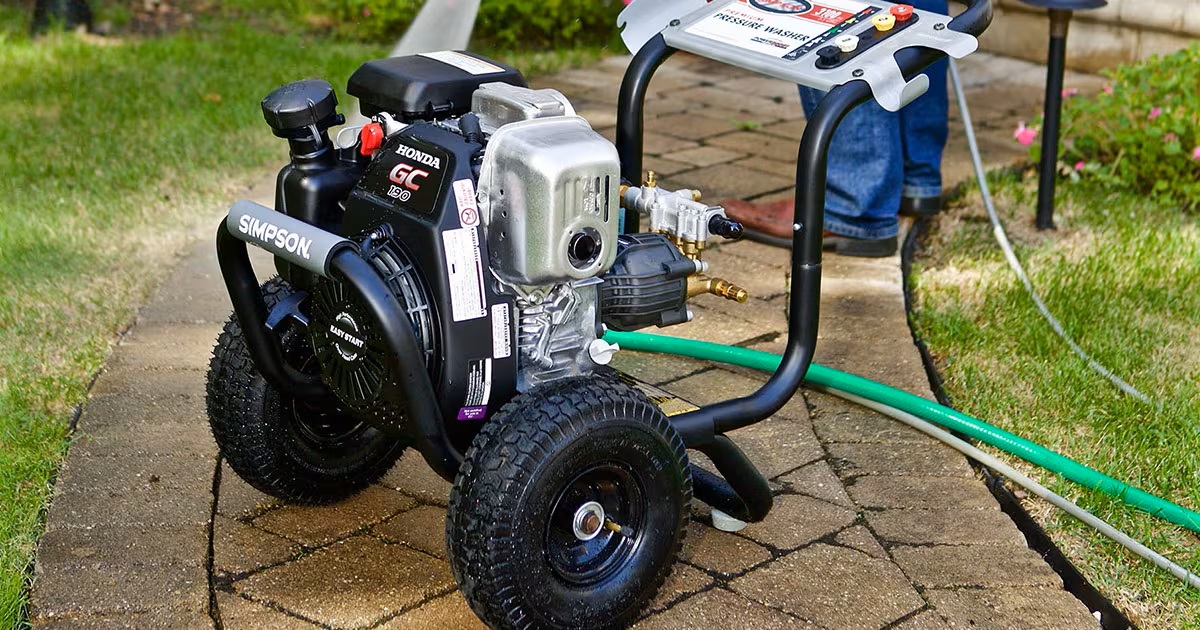
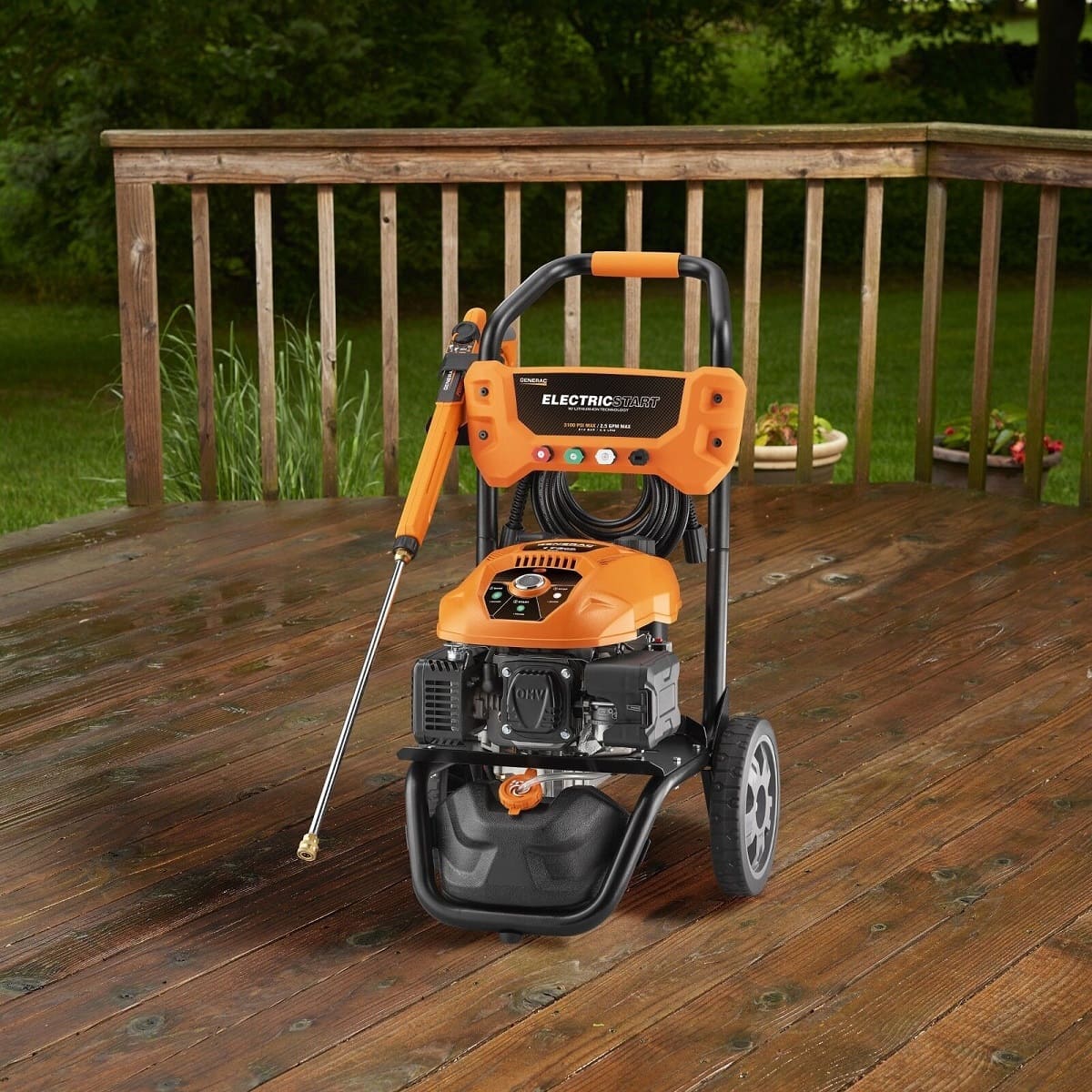

0 thoughts on “How To Start A Briggs And Stratton Pressure Washer”